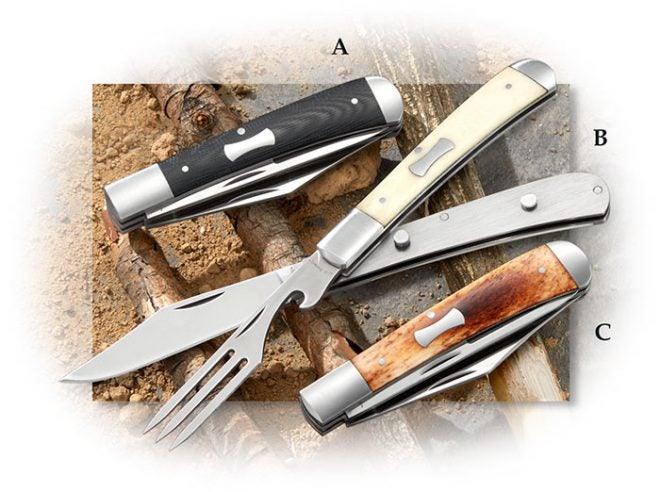One to Watch: AG Russell Boxcar Jack
Tony Sculimbrene 05.04.18

During the Great Depression, America teetered on the edge of collapse. Unemployment was edging towards a staggering 25% while GDP was reduced by more than 25%. Things were tough and a lot of people made money by traveling for work.
In Great Depression parlance there were three classes of traveling bums: folks that bounced around by begged for money instead of working (tramps), folks that traveled and worked only when they had to, and hobos, true migrant workers who traveled for the exclusive purpose of finding work.
Hobos would travel the countryside, saving money by illegally hopping on freight trains to go from place to place searching for work. They would often send money home to their family and they even developed a complex symbology, left in places only other hobos would see, that altered others about jobs, warned against crossing certain property, or told of farmers that would allow hobos to sleep in their barns. Hobos had a lingo as well, some of which we still use today (both “cooties” as a term for body lice, and “main drag” as a term for a town’s main street trace their origins back to hobo lingo).
In this scary and tough existence, hobos had to travel light. They didn’t have much, and what they did have could be lost, stolen or damaged given their rough and tumble existence.
One tool that became synonymous with the hobo is the so-called hobo knife—a traditional folder with a knife blade and a fork. The knife sometimes had a spoon too. In the US, Case has produced a three-tool Hobo Knife for years, and, in fact, trademarked the name “Hobo Knife.” The design itself is an interesting one, a bit of a knife engineering challenge.
In multi-blade traditionals, the blades are actually crooked, bent (or in knife paralance cranked) so that they can fit into the handle and not touch each other. Including a spoon into a traditional knife makes cranking the blades difficult.
Second, integrating a fork into the design in a way that allows to safely hide under the scales, is also difficult. Having all of this in a single package makes the hobo-style knife difficult to make. Aside from the Case Hobo Knife, Canal Street Cutlery made a version of this pattern, but they closed. For a good long time, the Case had the only pattern available.
This year AG Russell revived the pattern, making a two-tool implement it calls the Boxcar Jack. The design runs a 3.25 inch main blade and a 3 inch fork. It comes in three handle materials—white bone, G10, and the true hobo’s choice smooth brown bone. The blades are made of 8Cr13MoV and the knife is produced overseas. While it is not a typical pattern or a titanium framelock flipper, it is certainly a knife with a lot of history and quite a bit of utility.
Important Info
- What: AG Russell Box Car Jack
- Cost: Starts at $79.95 and goes up depending on handle material
- Where: www.agrussell.com
- When: Coming soon
- Made in the USA: No, made in China
- Highlight: Hobo style knife for cheap